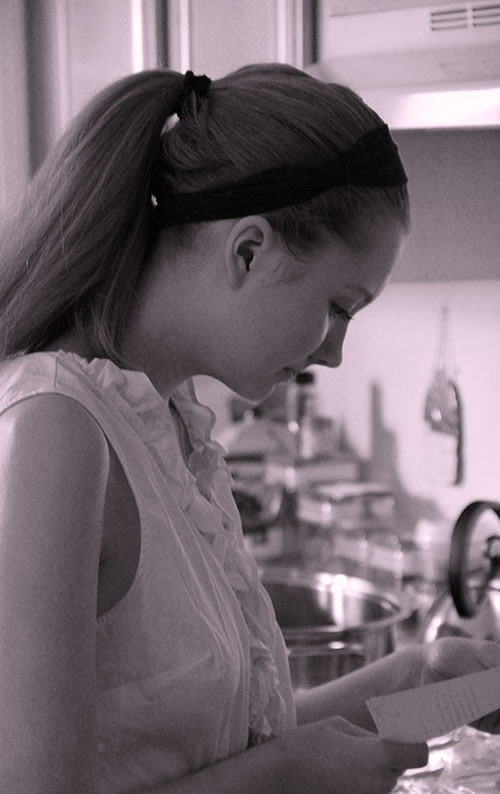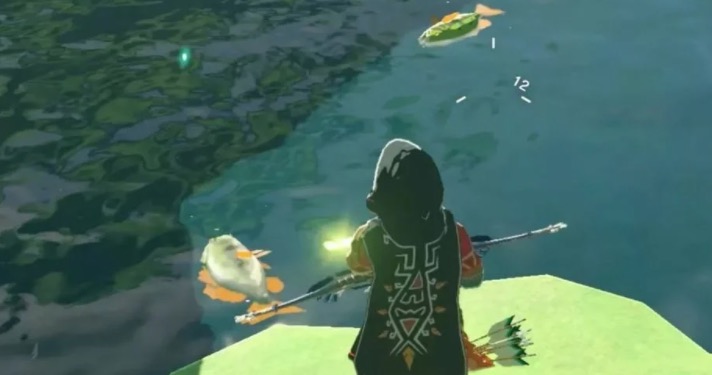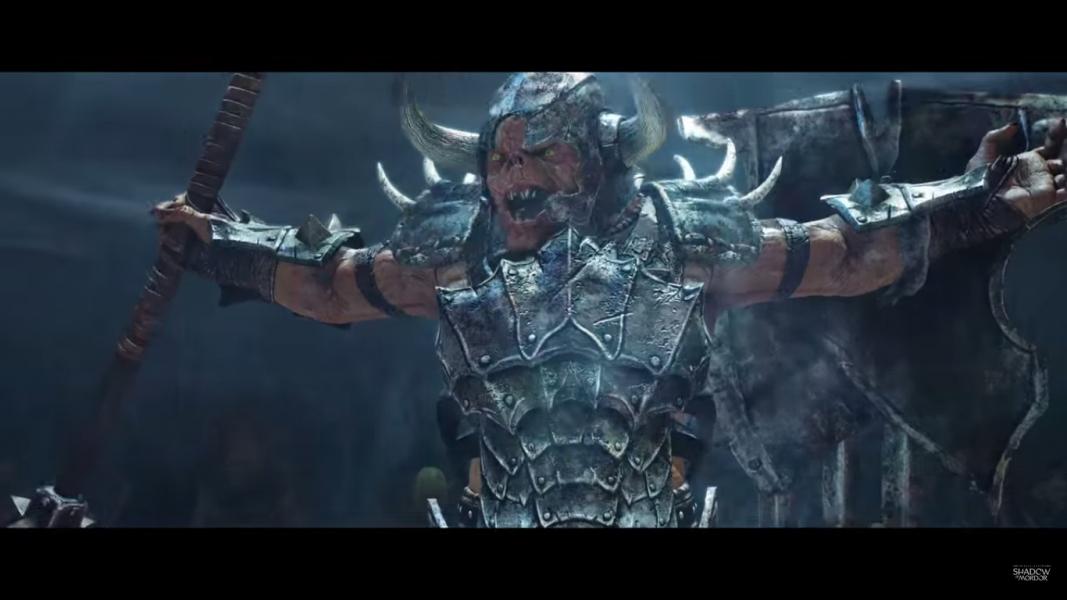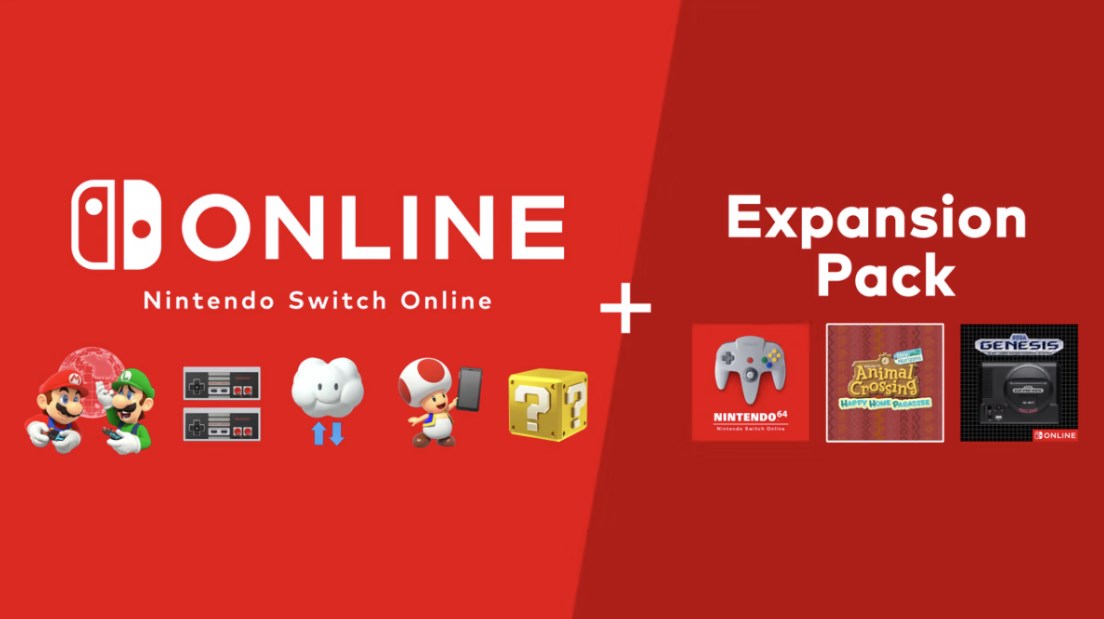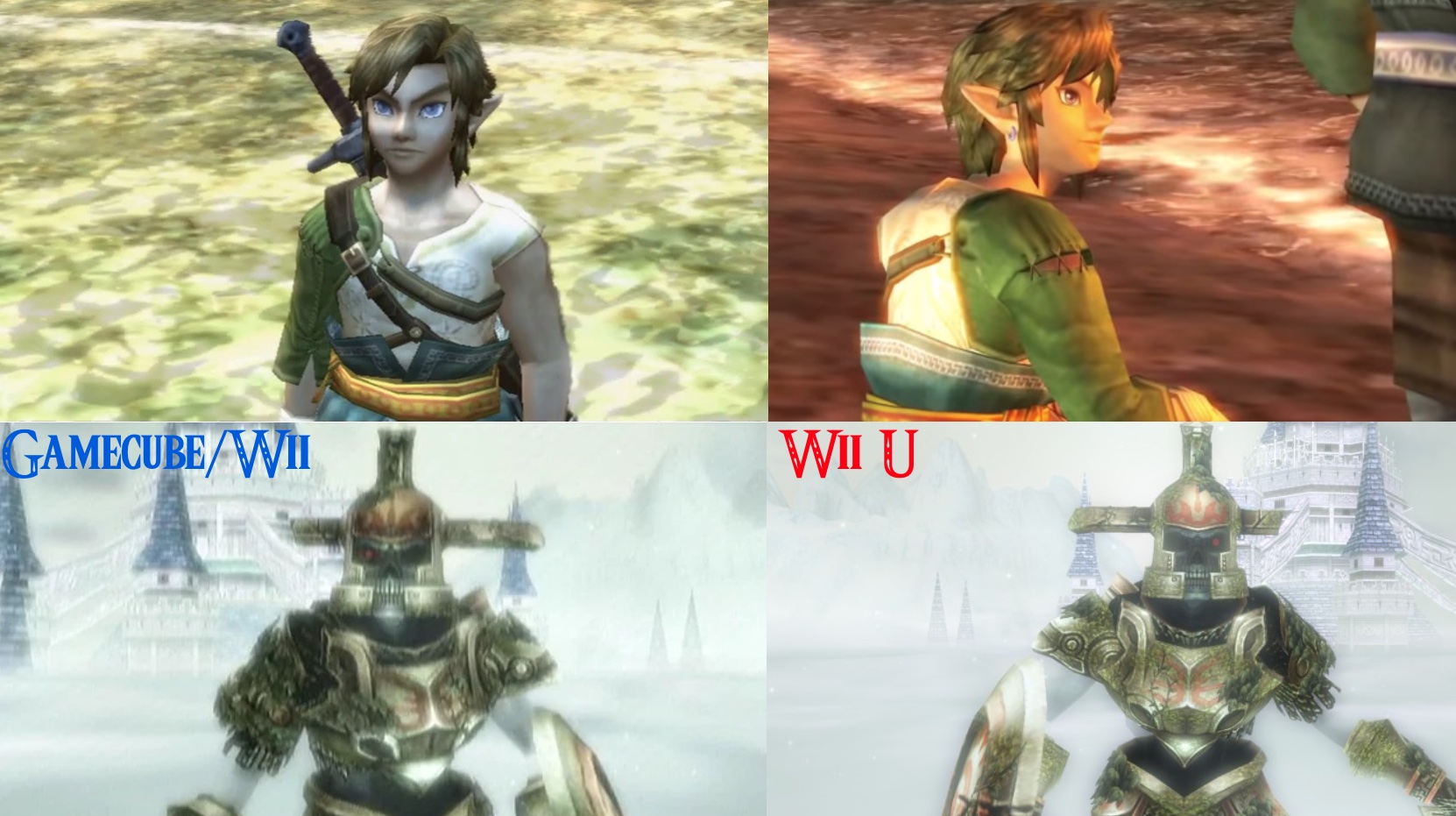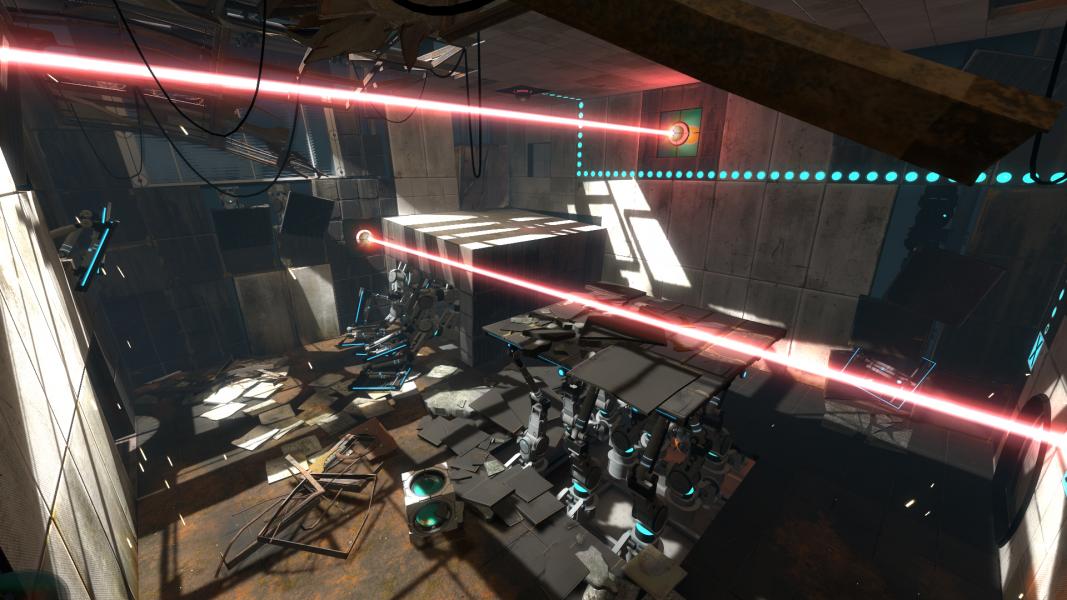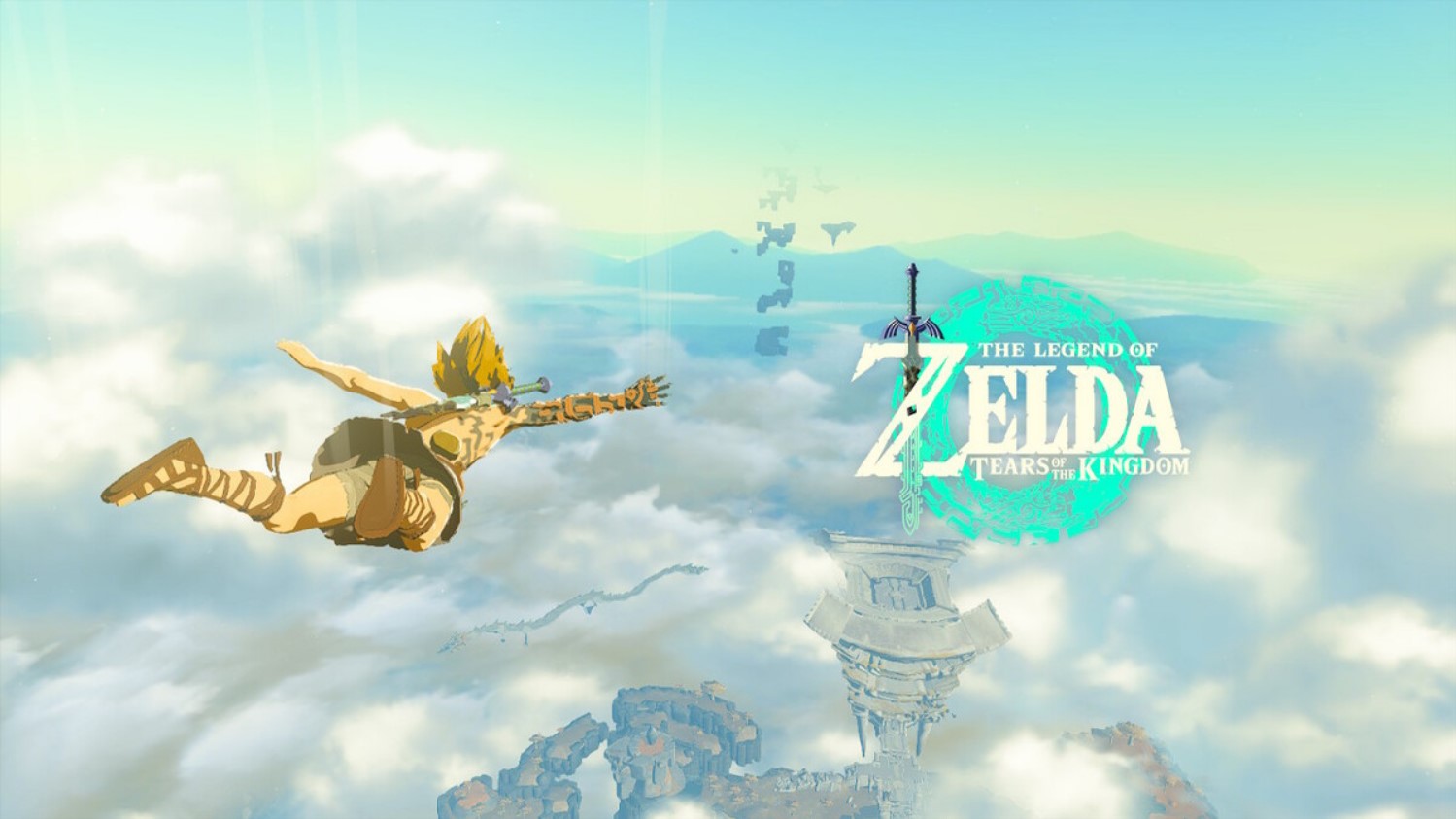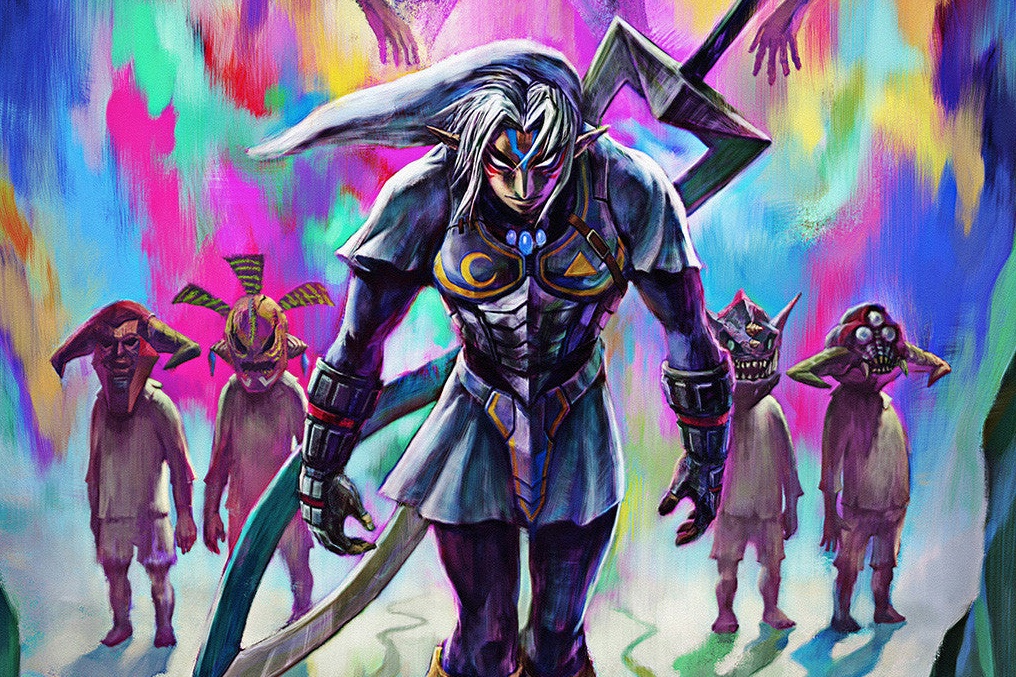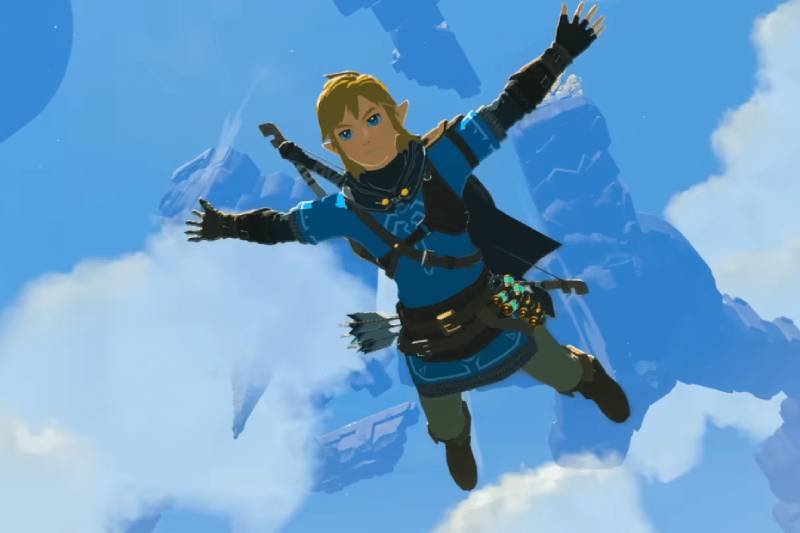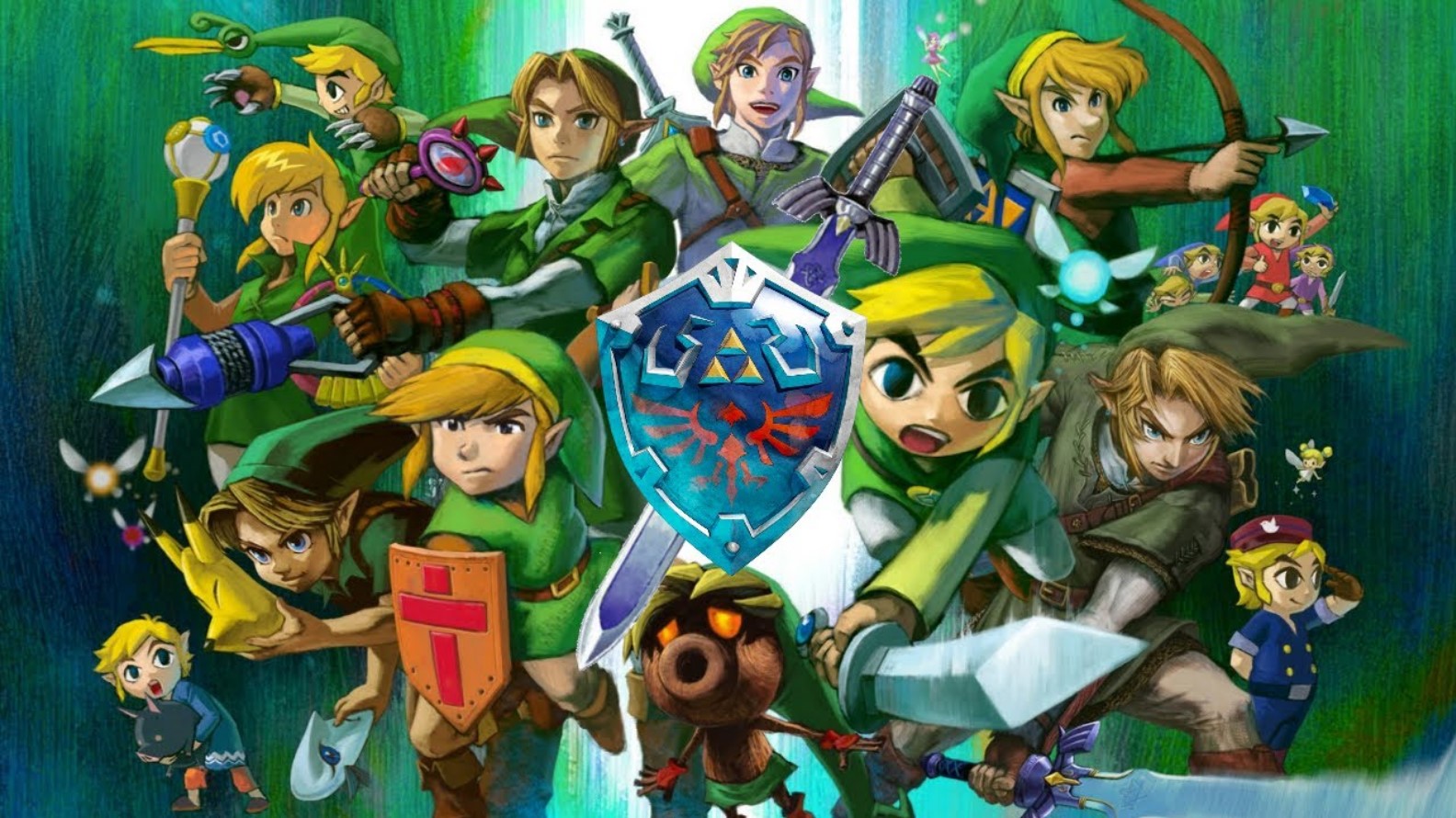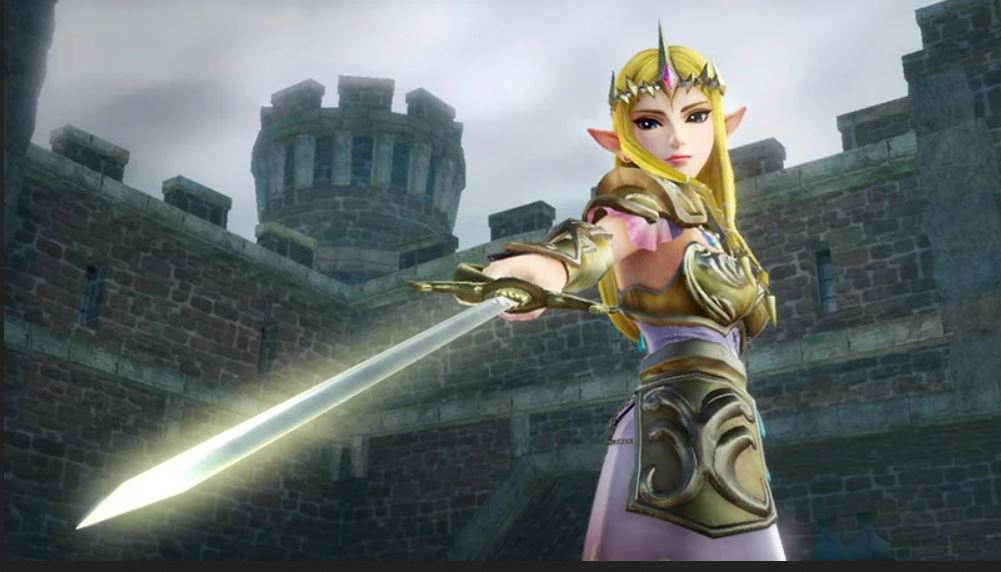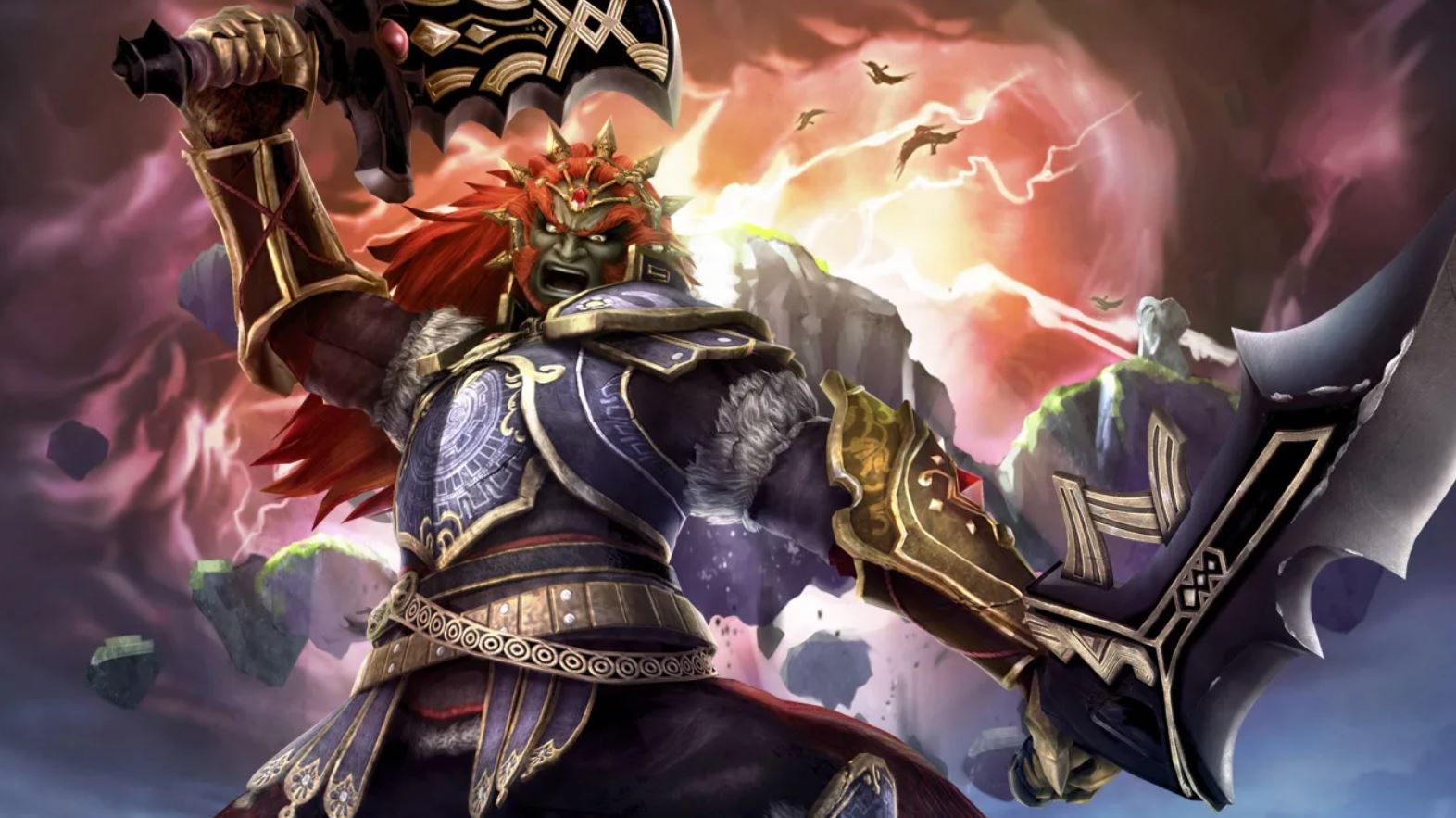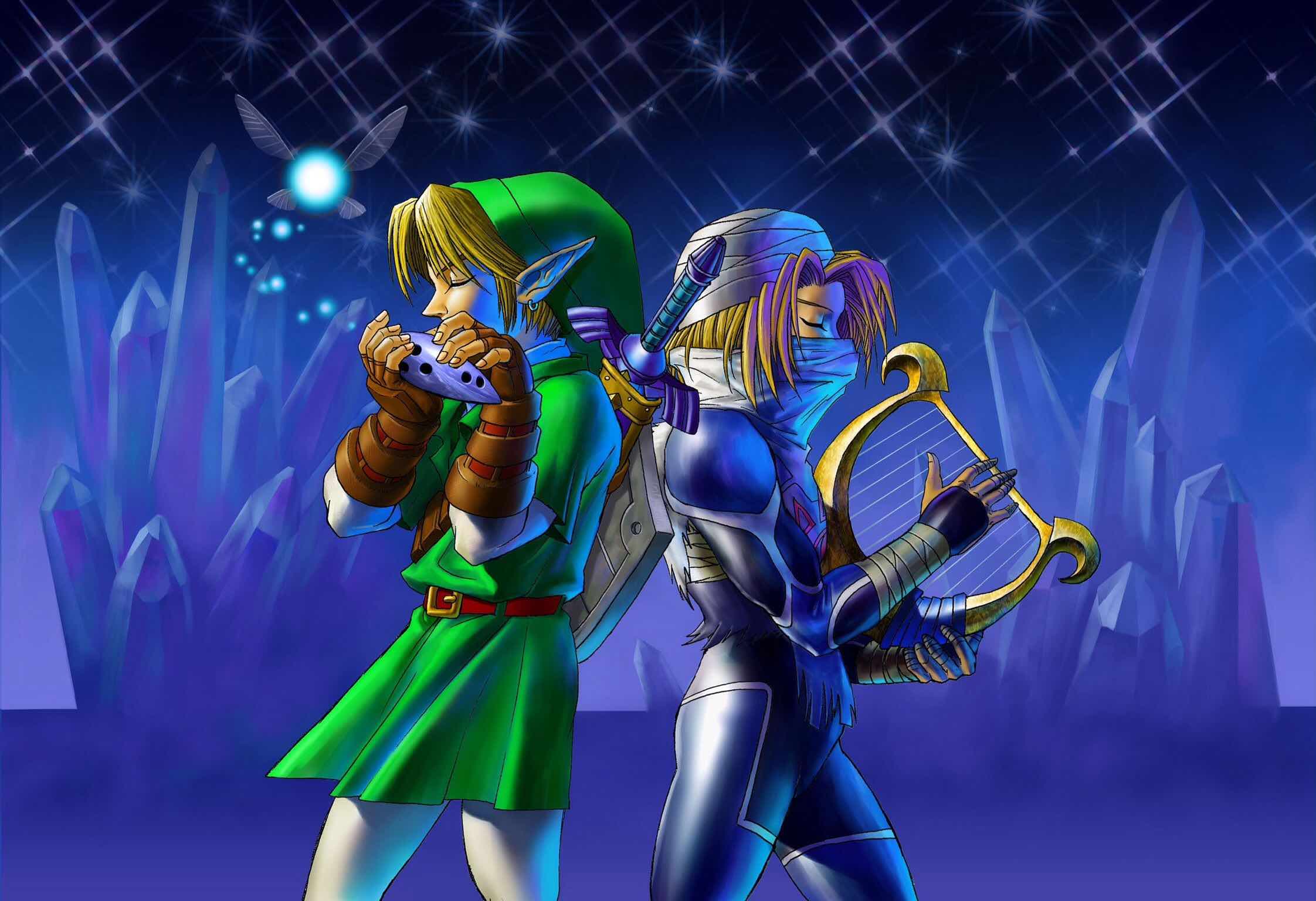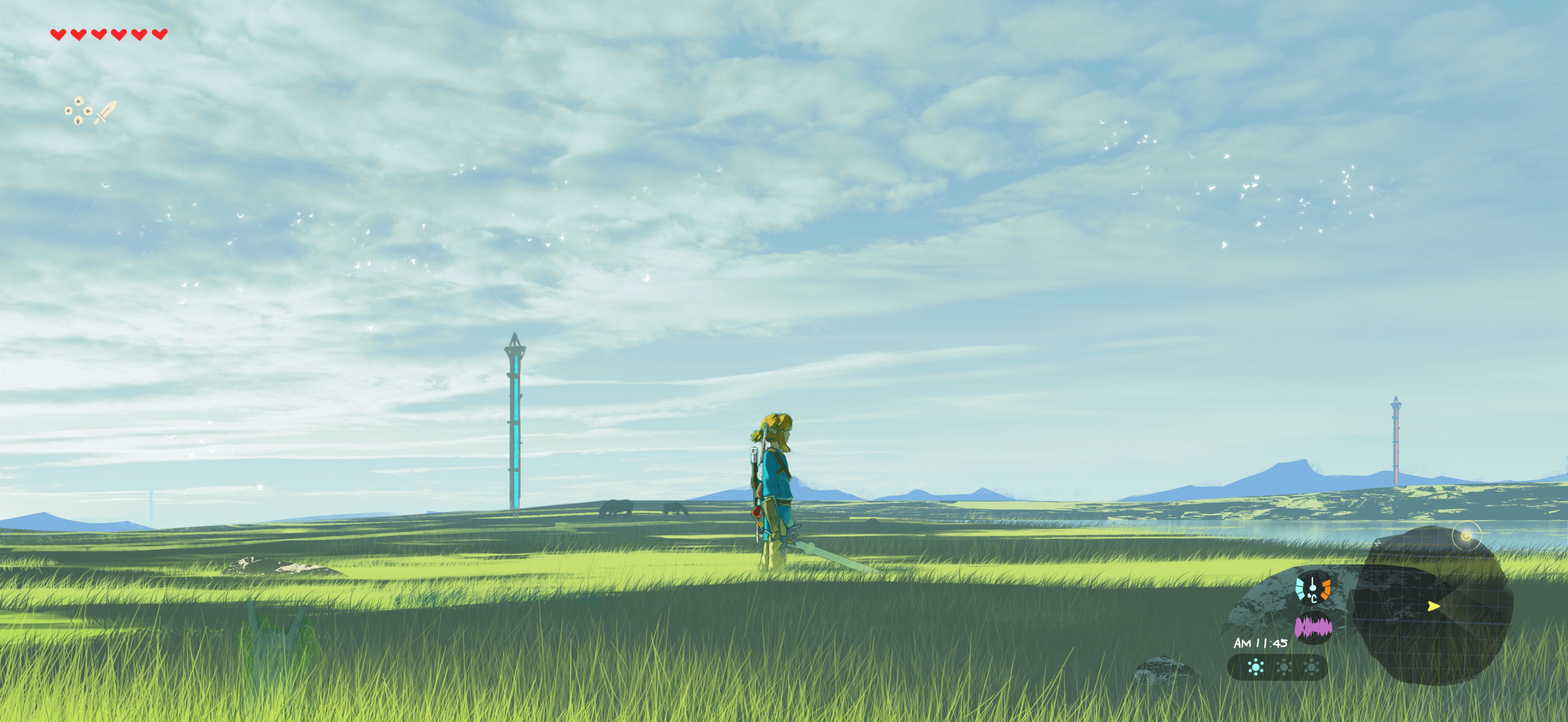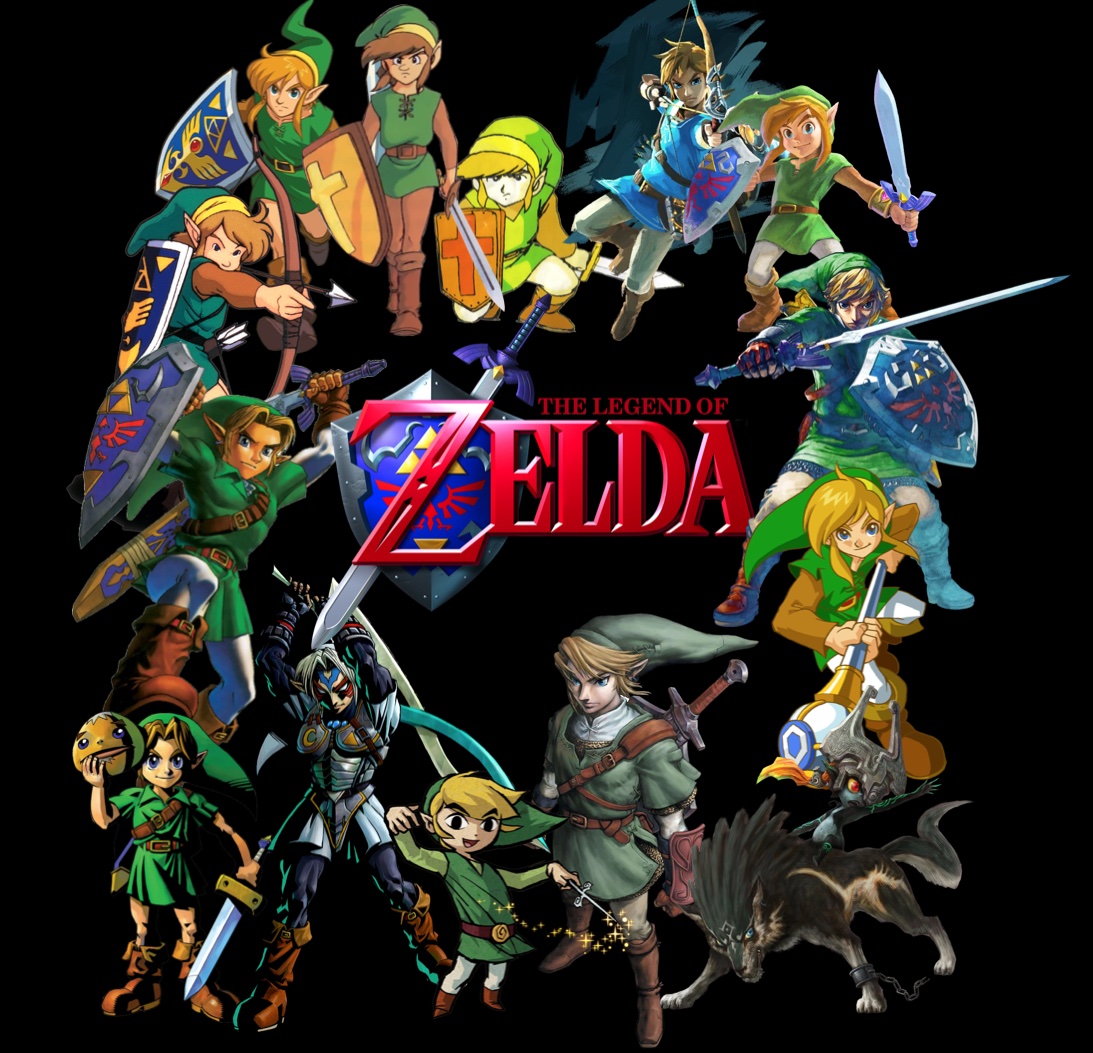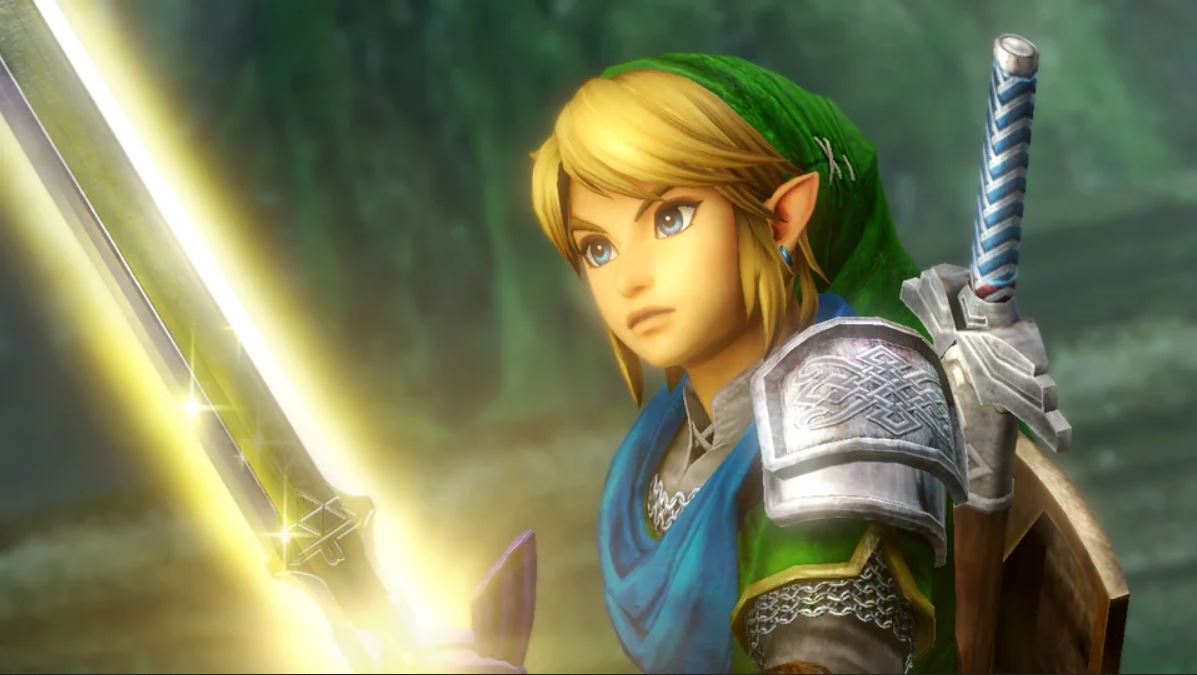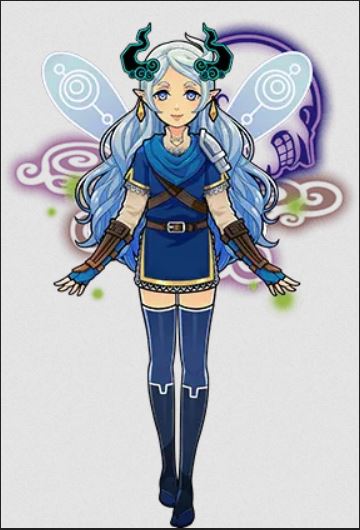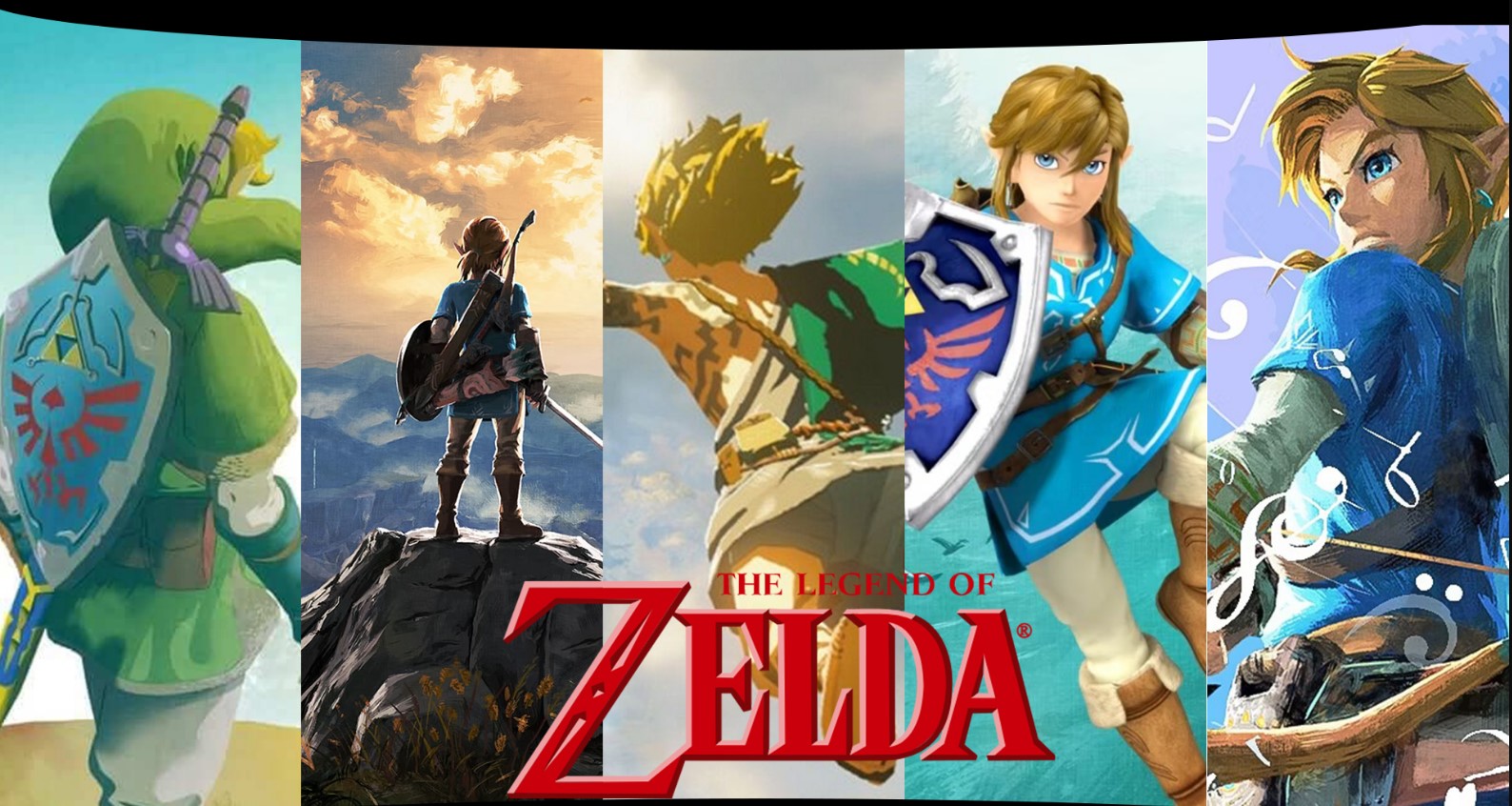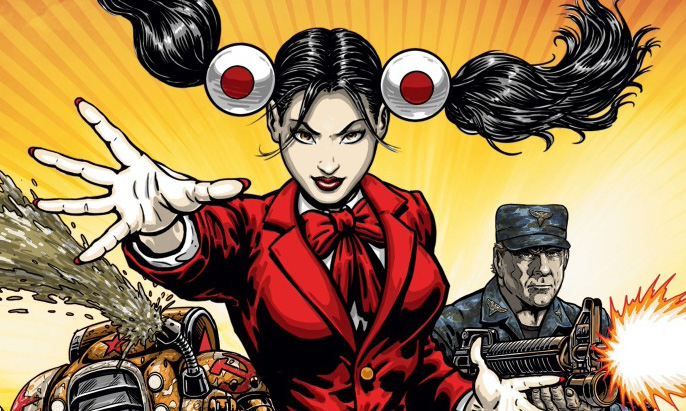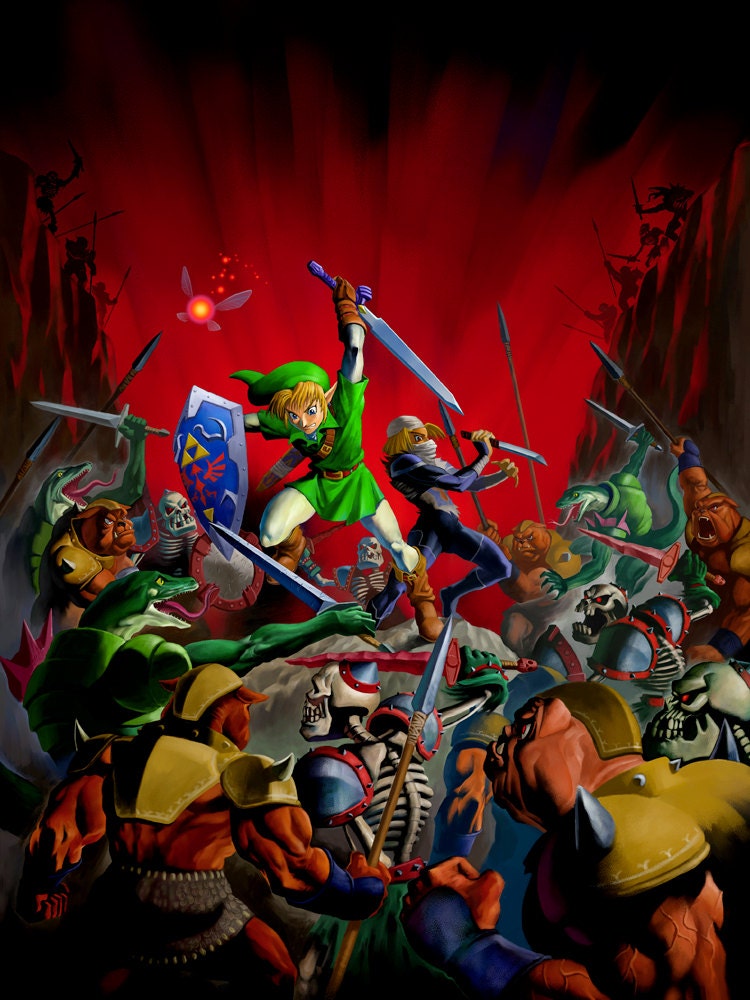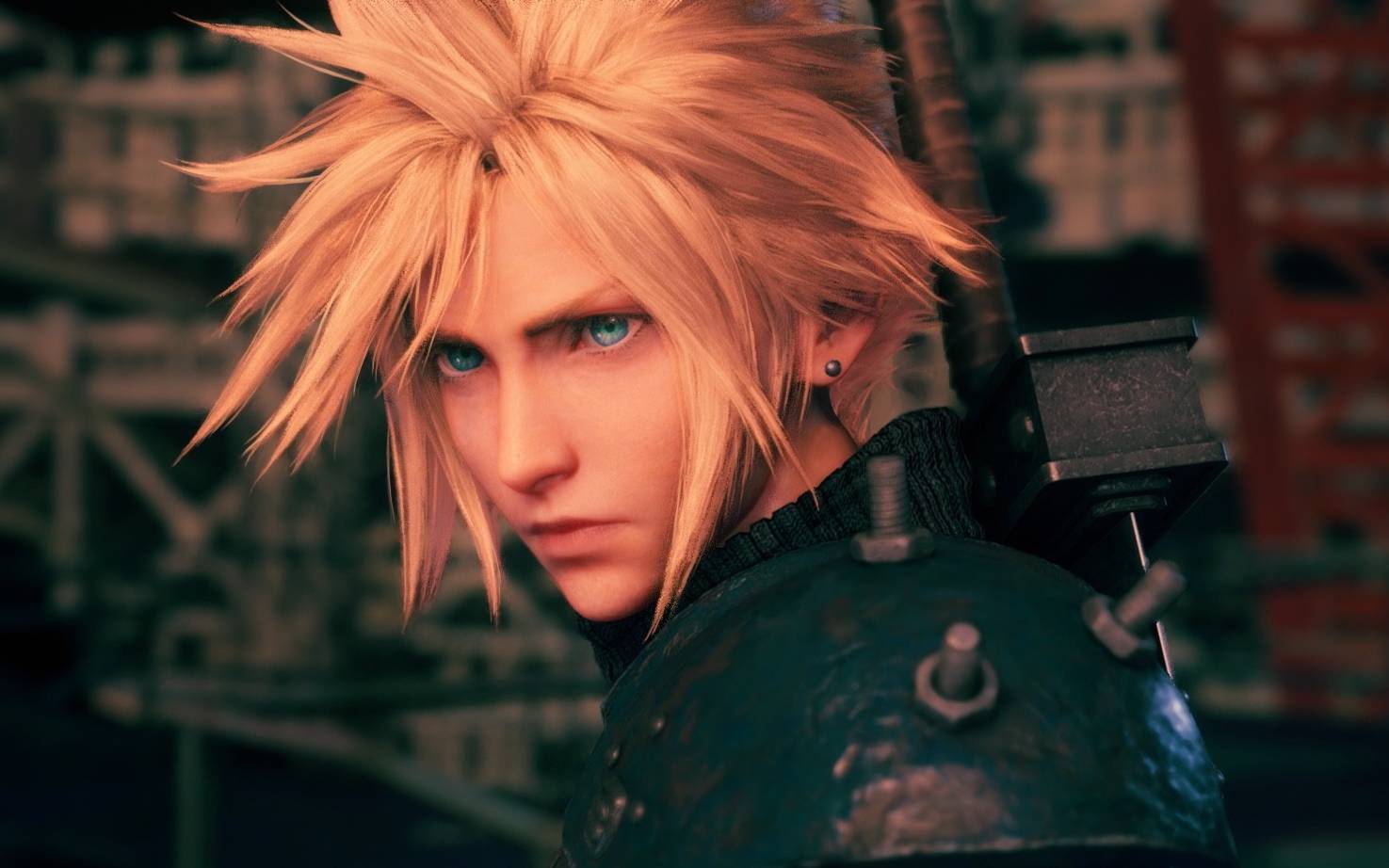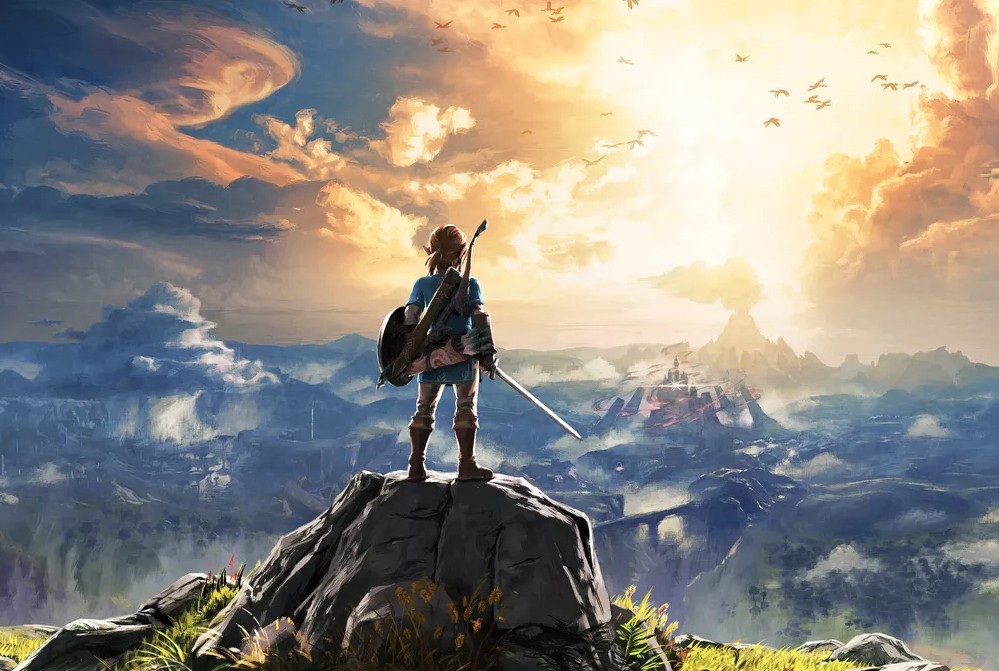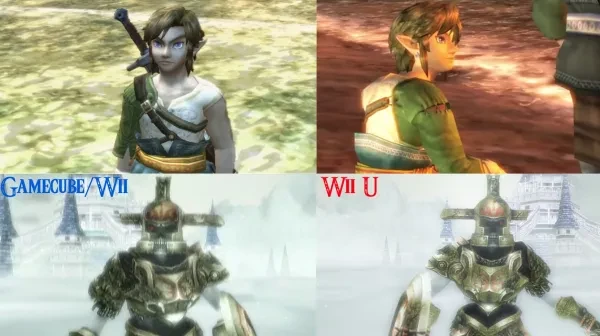
It’s true: legendary games spawn multiple versions of themselves no matter their age. Twilight Princess was critically acclaimed since its release, had won multiple game of the year awards, and was called one of the greatest games of all time. By 2015, Twilight Princess had sold over 8.8 million copies – dominating every Zelda game prior to Breath of the Wild. The game is about our green-clad hero, Link – who’s carries the burden of protecting his home, Hyrule, from a corrupted parallel dimension known as the Twilight Realm. Chronologically, Twilight Princess takes place over a century after the events of Ocarina of Time.
5. Wii – 2006

Because Link is most always left-handed throughout the Zelda series and most players are right-handed, Aonuma decided to flip the entire game so players could play with their right arm without lacking in hand-eye coordination.
A lot of the game’s sounds resonated from the Wii remote rather than the screen like its Gamecube successor. Even though the Wii’s motion control has gotten plenty of criticism, directing attacks feels a little easier and faster while the Gamecube version feels firmer.
Speaking of the motion controls, players could now use the hero’s bow with fluidity along with a pointer designed like Navi to, well, navigate. The D-pad on the controller has the same actions as the GameCube’s D-pad, the same goes for the A and B buttons. For fans who didn’t enjoy the fake Navi’s aiming mechanic or the motion controls, there’s a setting to use the nunchuck for aiming and turning the fairy aiming off.
Even though the Wii version has the same graphical experience as the Gamecube, one thing that was enhanced revolving around sight, was a better viewing plane. Gamecube has a standard 4:3 setup while the Wii takes up the entire screen.
My favorite feature that the Wii version had was Hero Mode. Hero Mode is a-kin to Ocarina of Time’s Master Quest – having finished the game’s main plot, players can replay the game with higher difficulty, sometimes forcing players to put forth their strategy skills.
4. Euro Wii – 2006
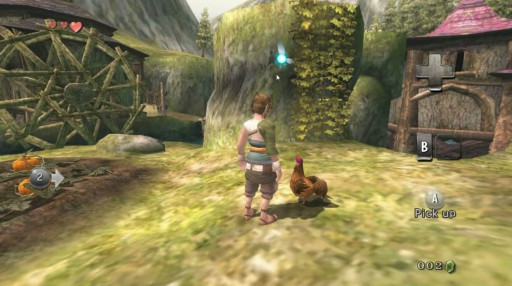
The cutscene when Link enters the boss arena in a City in the Sky is unskippable, the detection trigger on Kakariko vines is present, Twilight bugs explode on the land rather than falling to the bottom of the water’s floors, and the mini-map in the Sacred Grove is smaller in scale, geographical text boxes are left-aligned, and various chests in a few different dungeons are changed.
The patches that were fixed from the North American Wii version were the floor skipping in the Cave of Ordeals and warping underwater. However, one thing that was left unpatched from Epona went out of bounds due to unloading.
3. NVIDIA Shield – 2017
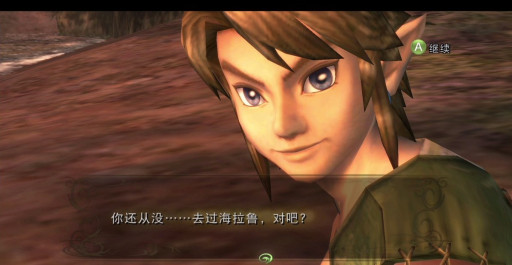
The game on NVIDIA Shield is loyal to the original Gamecube masterpiece, but with some smoothed edges graphically and less “bloom effect” that sometimes gets a bit overbearing in the Wii U version. The HUD was retexturized, and unlike every other version, Link and Epona’s names cannot be changed.
Speaking of their graphical efforts, NVIDIA claims that through “deep learning”, they’ve enhanced over 4,400 textures in the classic title. For those who don’t know what deep learning is: it’s essentially a branch of AI that’s been used to create artwork, improve text to speech, and immersion in video games.
Currently, the NVIDIA Shield has several official Nintendo games; Twilight Princess, Super Mario Galaxy, New Super Mario Bros., and Punch-out!!
2. Gamecube – 2006
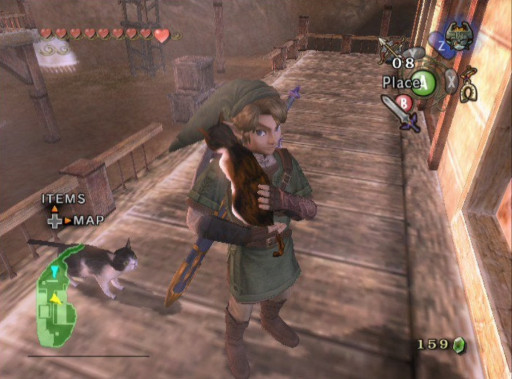
The original game only required players to have the Gamecube controller, which was probably why its slightly older brother wasn’t as successful. No fancy gadgets, no need to rely on your motion sensor, just you and that familiar controller that feels comfy in your hands.
If you haven’t already noticed, I’m familiar with this variation of Twilight Princess, and it’s also due to the fact I have a massive bias towards the Gamecube controller!
The Gamecube version is firm, with buttons placed in the perfect areas for your fingers to rest and play on. The C-stick allows players to go free-mode with the camera, something that the Wii U version had removed.
Speaking of familiarity, Link is a lefty in the Gamecube version, it makes our kind-hearted hero more unique. And, if you’re familiar with Wind Waker, the control scheme is similar, including the actions ensued when specific buttons are pressed.
1. Wii U – 2016
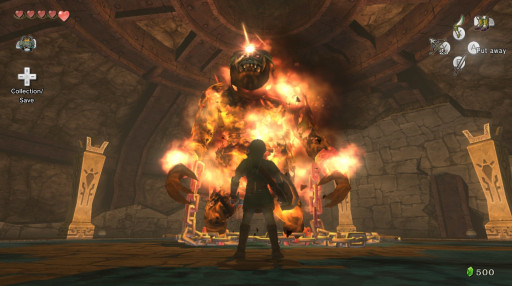
Like the Wii version, the Wii U had Hero Mode. But what’s new? The HD version’s Hero Mode is considerably more difficult.
After restarting the game and entering Hero Mode, players are introduced to a heartless world where enemies deal double damage to our poor hero. Hero Mode is also mirrored to trick your memory skills – it looks just like the original Wii version.
Graphical enhancements included Link’s armor, dungeons, textures, everything. This will probably be the first thing you’ll notice when starting up the game and comparing it to the original.
New levels were added, including the Cave of Shadows. This was a much-appreciated feature that fans anticipated most. This new dungeon requires the Wolf Link Amiibo, which comes with the retail version of the Wii U variation of the game. Speaking of the Cave of Shadows, it’s very similar to the Cave of Ordeals with the same structure – fight levels of monsters (but as a wolf) and at the end, there’s a dazzling reward.
One of the most prominent parts of the Wii U version that differs from the others is the use of Amiibos. Amiibos are wireless figures that interact with the game. Here’s a list of some Amiibos and their functions: Wolf Link gives players access to the Cave of Shadows, Toon Link refills Link’s arrows, Zelda/Sheik gives Link hearts, and Ganondorf increases the difficulty of the game by increasing damage inflicted on Link.
You may also like:
- [Top 10] Games Like Legend of Zelda (Games Better Than Legend of Zelda in Their Own Way)
- [Top 5] Zelda: Breath of the Wild Best Shield (And How To Get Them)
- [Top 5] Zelda: Breath of the Wild Best Beginner Weapons (And How To Get Them)
